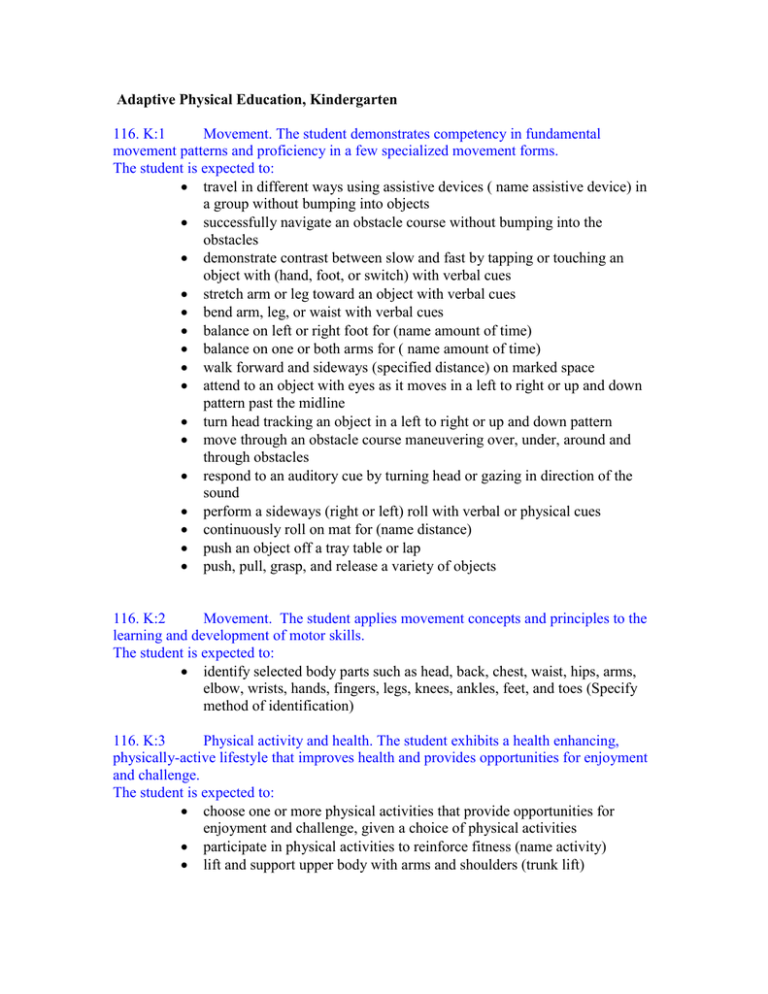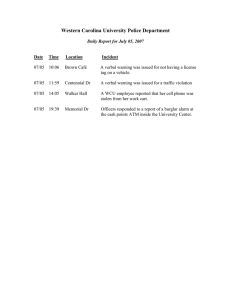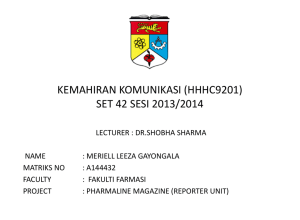APE Kindergarten TEKS
advertisement

Adaptive Physical Education, Kindergarten 116. K:1 Movement. The student demonstrates competency in fundamental movement patterns and proficiency in a few specialized movement forms. The student is expected to: travel in different ways using assistive devices ( name assistive device) in a group without bumping into objects successfully navigate an obstacle course without bumping into the obstacles demonstrate contrast between slow and fast by tapping or touching an object with (hand, foot, or switch) with verbal cues stretch arm or leg toward an object with verbal cues bend arm, leg, or waist with verbal cues balance on left or right foot for (name amount of time) balance on one or both arms for ( name amount of time) walk forward and sideways (specified distance) on marked space attend to an object with eyes as it moves in a left to right or up and down pattern past the midline turn head tracking an object in a left to right or up and down pattern move through an obstacle course maneuvering over, under, around and through obstacles respond to an auditory cue by turning head or gazing in direction of the sound perform a sideways (right or left) roll with verbal or physical cues continuously roll on mat for (name distance) push an object off a tray table or lap push, pull, grasp, and release a variety of objects 116. K:2 Movement. The student applies movement concepts and principles to the learning and development of motor skills. The student is expected to: identify selected body parts such as head, back, chest, waist, hips, arms, elbow, wrists, hands, fingers, legs, knees, ankles, feet, and toes (Specify method of identification) 116. K:3 Physical activity and health. The student exhibits a health enhancing, physically-active lifestyle that improves health and provides opportunities for enjoyment and challenge. The student is expected to: choose one or more physical activities that provide opportunities for enjoyment and challenge, given a choice of physical activities participate in physical activities to reinforce fitness (name activity) lift and support upper body with arms and shoulders (trunk lift) push or pull against resistance (name resistance – object) for (amount of time) perform abdominal crunch (number of crunches) support his/her own weight using back and legs by rising from a sitting position and standing for (amount of time) then returning to sitting position (number of trials) choose how physical activity makes them feel better and sleep better using picture symbols 116. K:4 Physical activity and health. The student knows the benefits from being involved in daily physical activity and factors that affect physical performance. The student is expected to: describe the immediate effect of physical activity on the heart and breathing rate (method of description i.e., picture symbols, verbal, or physical) using the concept of fast and slow locate lungs by pointing to self or picture symbol demonstrate the function of the lungs by breathing in and out use picture symbols to identify time of day that rest/sleep is necessary 116. K:5 Physical activity and health. The student understands safety practices associated with physical activity and space. The student is expected to: indicate “yes” or “no” (verbal or physical) if specific shoes or clothing are appropriate for safe play and to prevent injury indicate “yes” or “no” (verbal or physical) to questions water safety rules indicate “yes” or “no” (verbal or physical) to appropriate reactions during emergencies in physical activities 116.K:6 Social development. The student understands basic components such as strategies and rules of structured physical activities including, but not limited to, games, sports, dance, and gymnastics. The student is expected to: respond appropriately to start and stop signals within (amount of time) with verbal or physical cues demonstrate the ability to play within boundaries during games and activities (Number of prompts) 166.K:7 Social development. The student develops positive self-management and social skills needed to work independently and with others in physical activity settings. The student is expected to: indicate area of concern and need for help using picture symbols or sign language



